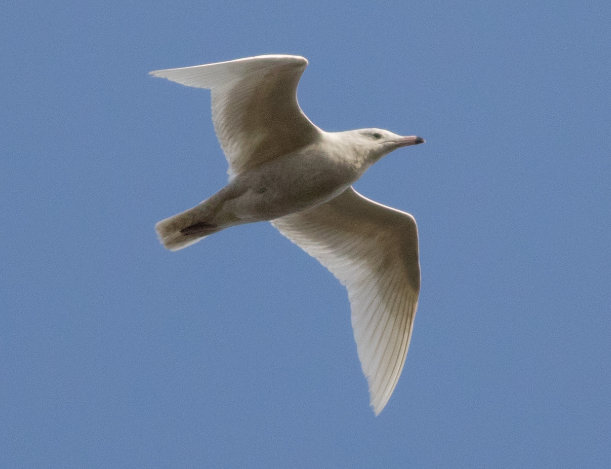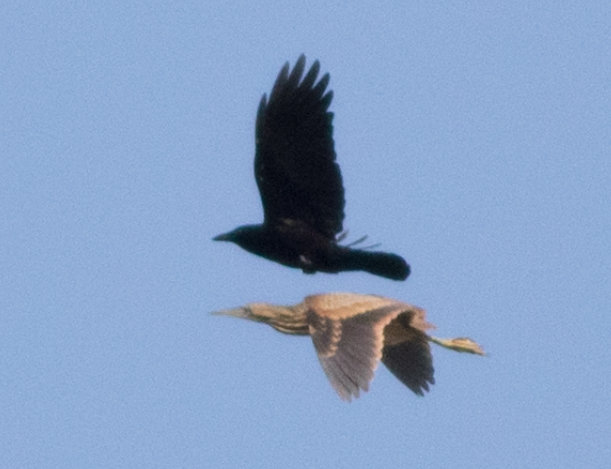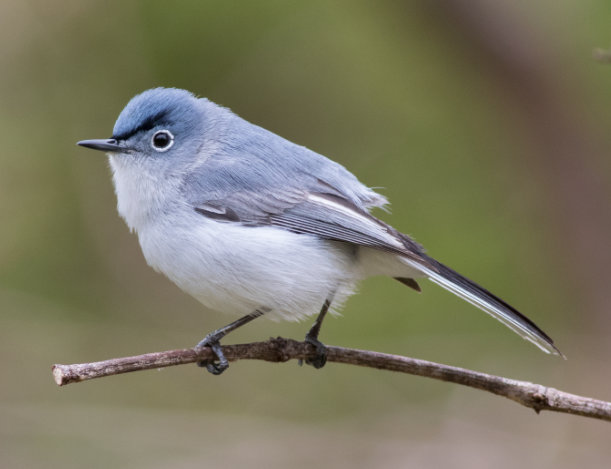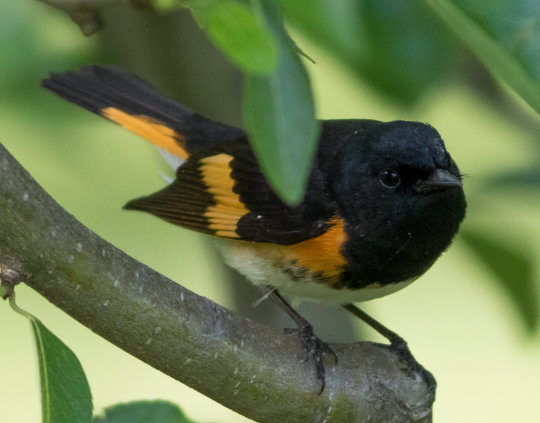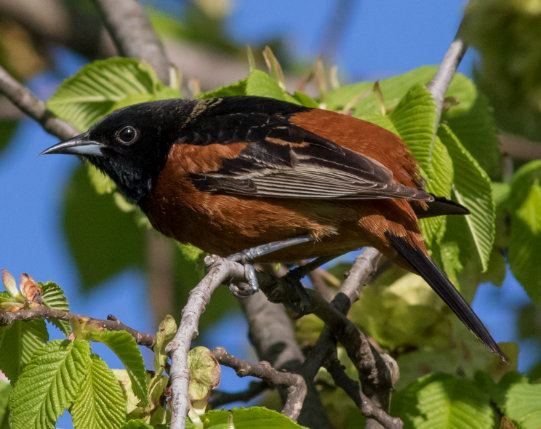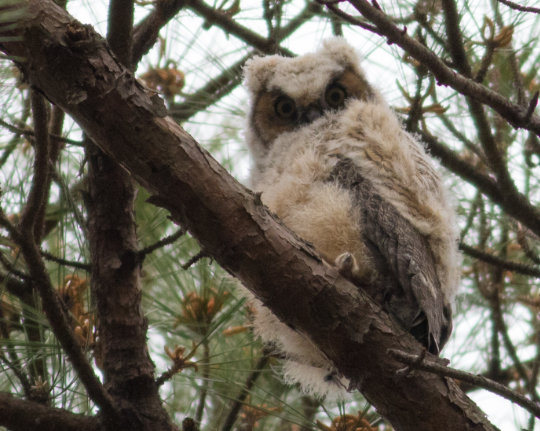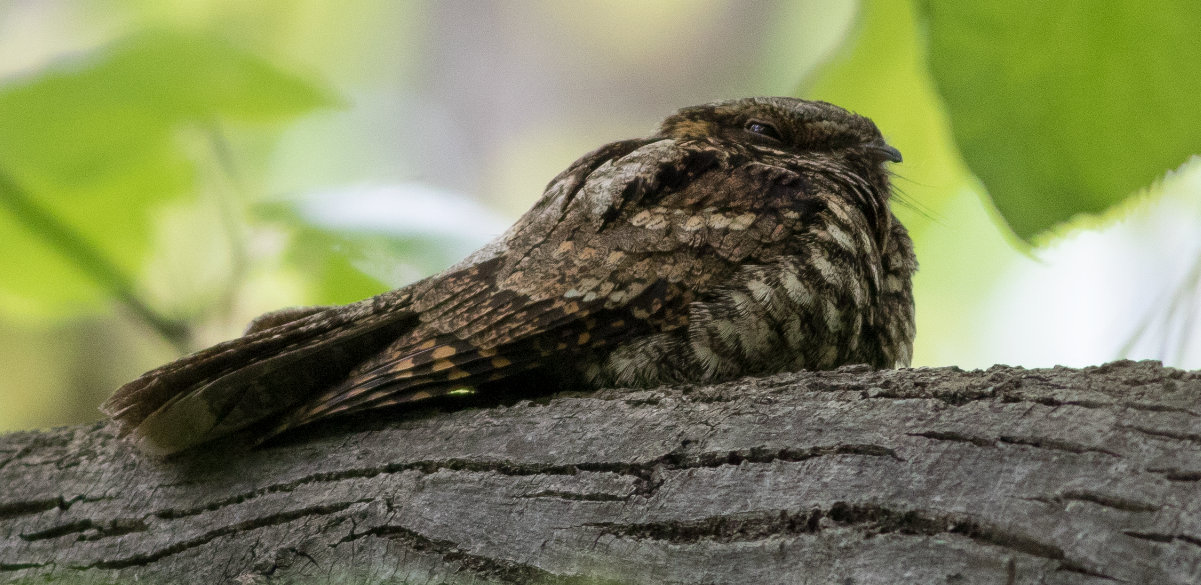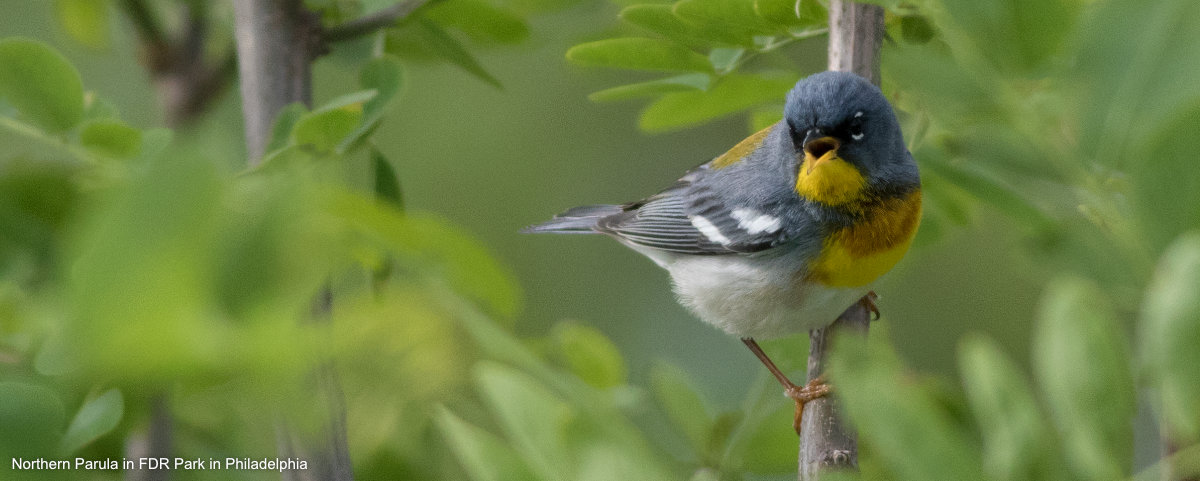
It’s all relative. I feel lucky, considering. Chatting with friends and colleagues in Ecuador, Colombia, South Africa and even other countries where simply leaving one’s house is hardly possible, I’m thankful to have some freedom of movement during this trying time. And never have I been so thankful for birds and birding.
So many Americans have no idea how good we have it here compared to some other parts of the globe. Here in my hometown of Philadelphia, while the volume of cases has been distressing and indeed, I worry for family and friends, it has been nice to observe an entire spring migration unfold. May is magical in the mid-Atlantic states, and indeed in much of the Eastern U.S., and Philly being the birthplace of American Ornithology is no exception.
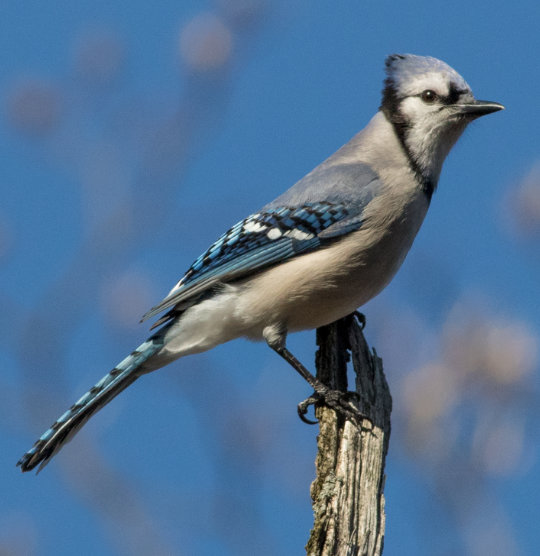
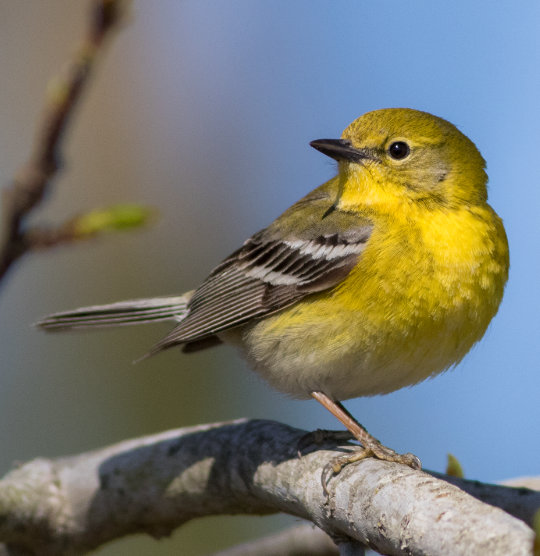
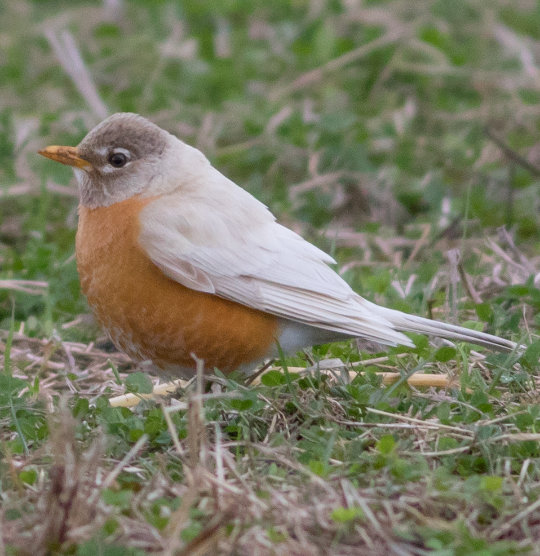
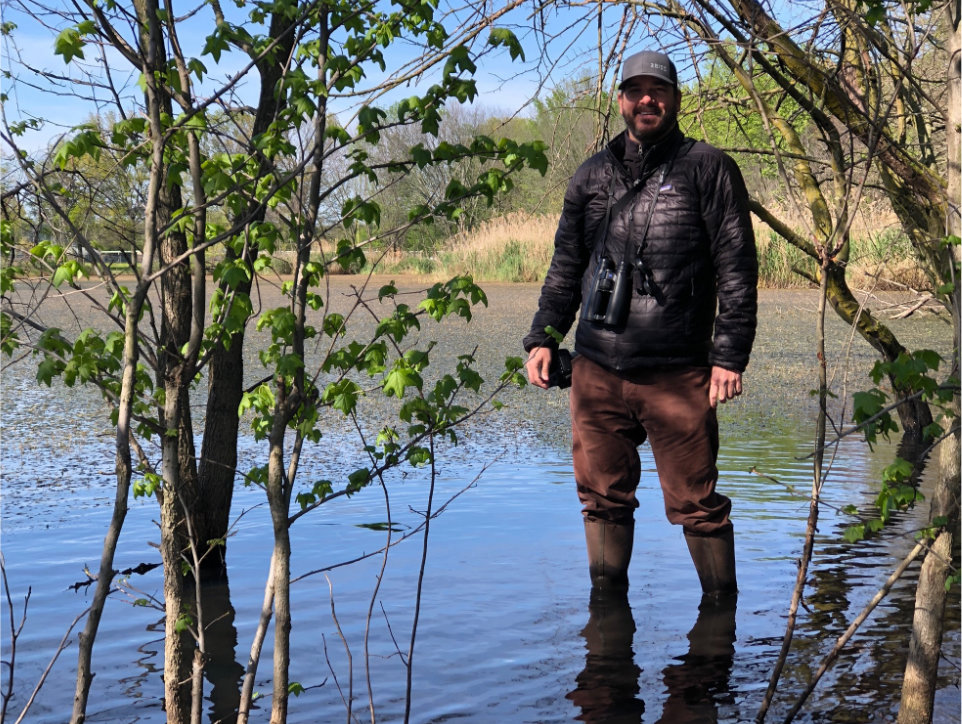
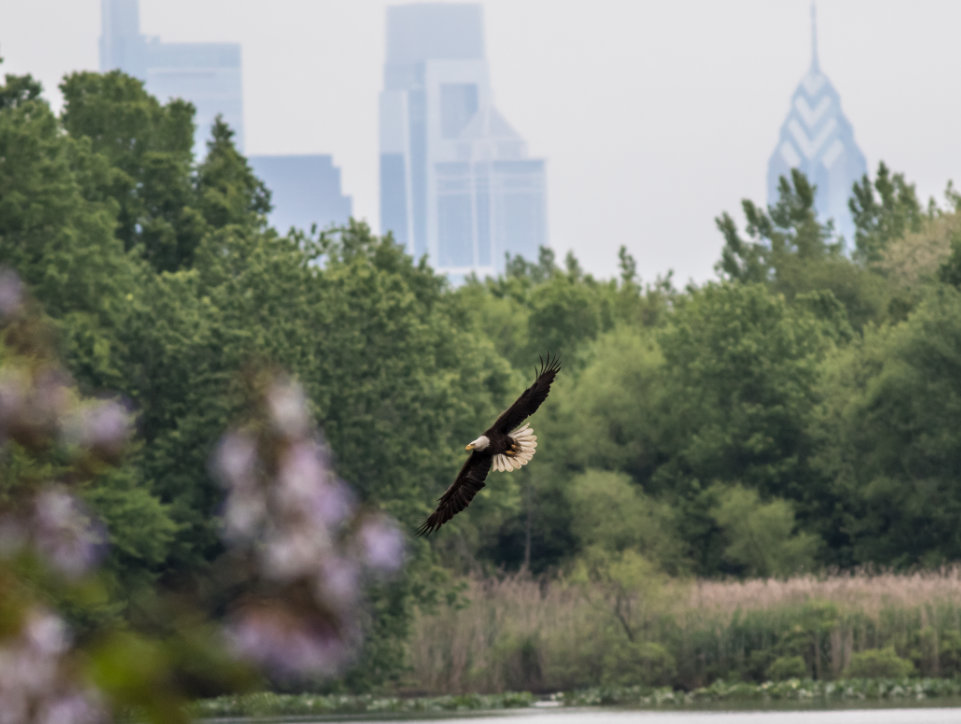
Despite living here all my life, I never really birded the city itself much until 2011. That year I was traveling less, and suddenly the most intriguing frontier to me became the place where I’d grown up, but hardly knew from an ornithological perspective. Under the tutelage of Philly’s finest feather fiends, I began to peel back the layers of city birding and urban exploration. It was fascinating to begin to see the city as birds do, and to try and find birds in areas where mostly there isn’t much habitat for them. We are fortunate to have the Heinz National Wildlife Refuge, one of the most visited NWRs and most heavily eBirded hotspots in the country right here. But apart from that good birding areas are limited, little known, or hardly see much attention. Yet these are a good combination in forming a nice backdrop for discovery.
Every year since 2012 I set for myself the goal of trying to see 200 species within Philadelphia’s city limits. Some years I succeed and others I’ve come up short. But the goal is a good one as it means I must get out a fair amount to have a chance to reach it, and I must sustain the effort over the entire year. It’s the excuse I need at times to not hit the snooze button and to get out and see what’s around. Of course migration months are most thrilling, and May is perhaps most thrilling of all, and one upside of the pandemic was that I was around a lot this year and I got out a good bit, even adding to the one list I cherish most, my Philly list.
Some highlights below:
